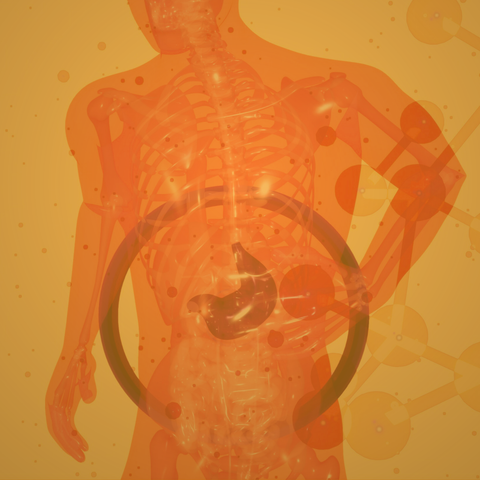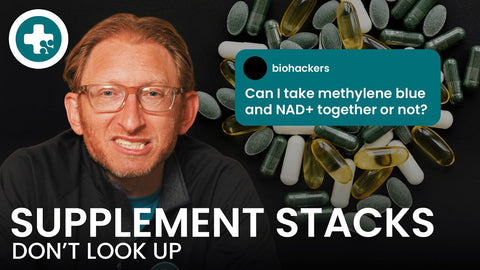Learning & education

Although the details of the gut-brain conversation are still unfolding, one message is already loud and clear: serotonin made in the gut plays a starring role in both digestion and mood.

This article will explain the major ways that gut microbes produce and influence chemicals that shape mood and bowel function. It will also give concrete examples and note what this communication means for health and wellness.

Most supplement stacks don’t work the way you think they do. Either they cancel each other out, cause overstimulation, or just turn into expensive pee. In this episode of Don’t Look Up, Dr. Scott Sherr explains how to build a smarter supplement stack — one that’s effective, targeted, and backed by science.

In this article, we will take a look at the evidence suggesting that there could be a connection between light exposure and testosterone production.

In this article, we will examine the pairing of photodynamic therapy and methylene blue, provide an overview of how this combination works, and assess its potential applications in skincare.

